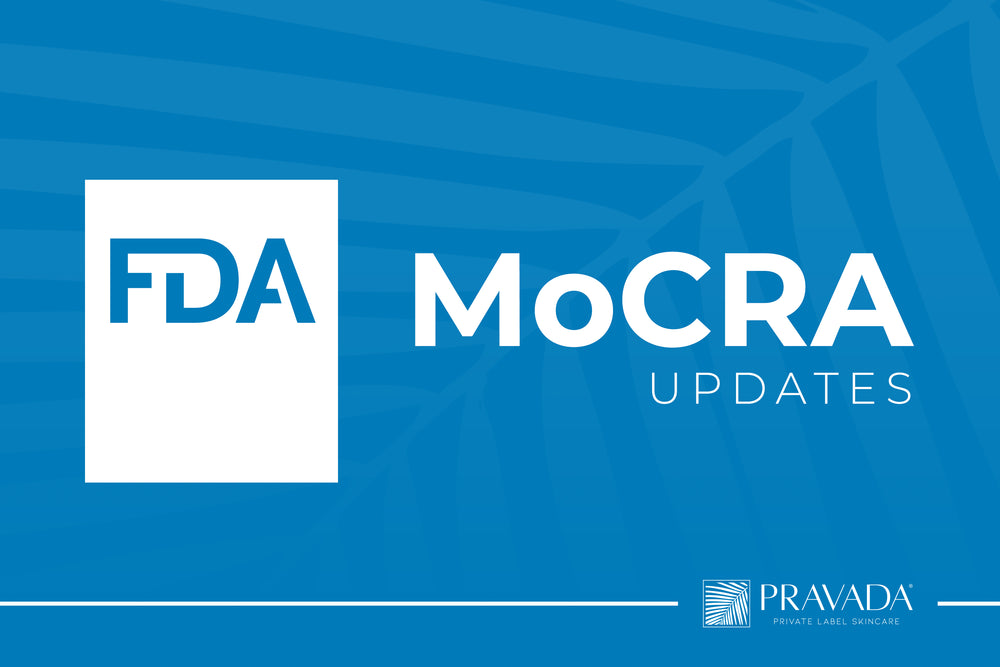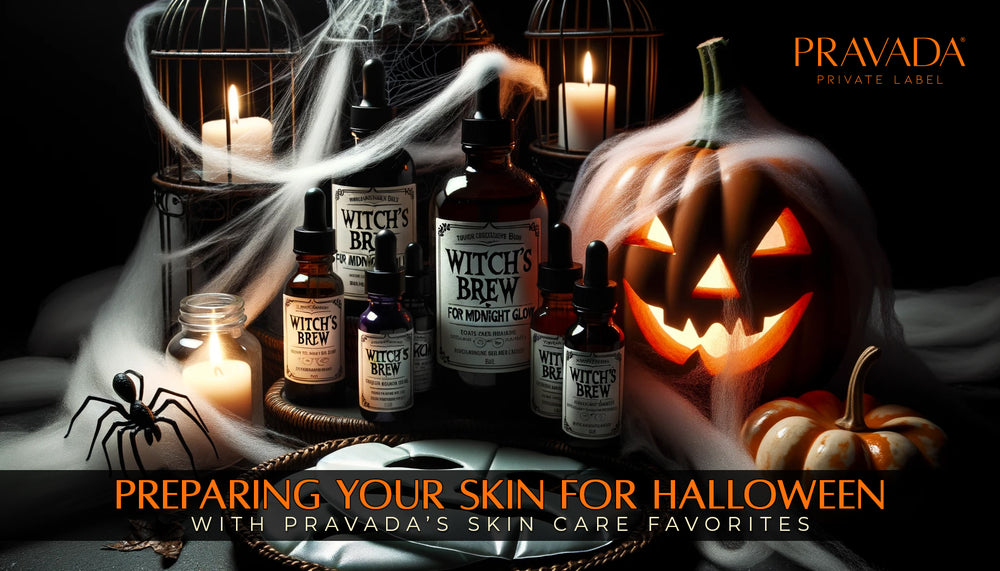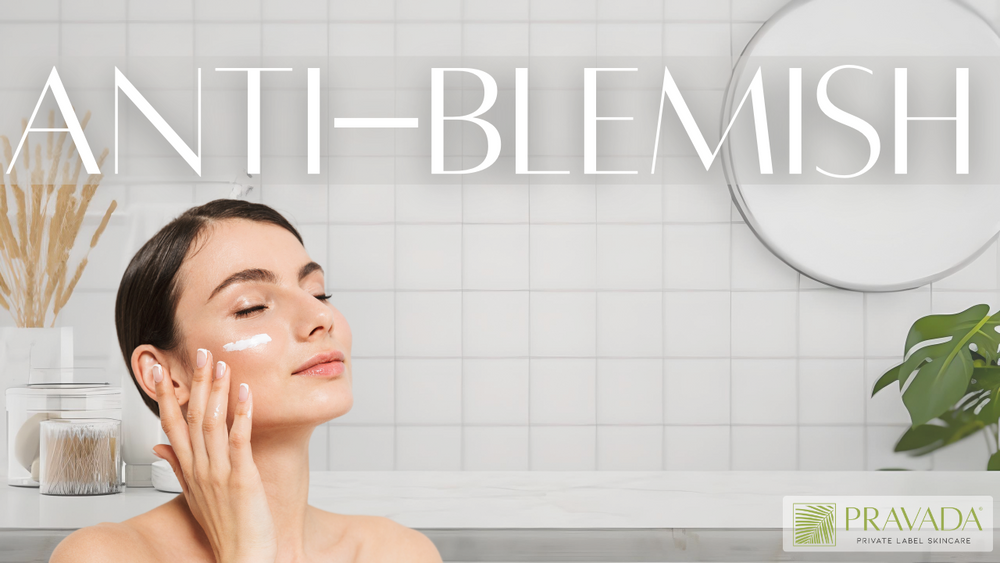Professional Skin Care Ingredients – AHA & BHA
Throughout your career as a skin care professional, you are likely to be asked about the best ways to exfoliate. And, if you’re like the rest of us, you’re always on the hunt for the latest information to offer your clients.
Today, let’s take a dive into alpha hydroxy acids (AHA) and beta hydroxy acids (BHA), two important ingredients in our private label skin care. It’s fair to consider AHA and BHA cousins – with enough in common to make them related, but different enough to stand alone.
In a moment we’ll break down the similarities and differences between the two, but first, let’s review why we need to exfoliate at all. Skin – no matter how healthy – exfoliates dead cells every single day. Over time though, the process slows and our skin does not shed dead cells as effectively. The unfortunate result of this slowdown includes dry, flaky, dull skin. It can also lead to clogged and/or enlarged pores, unexplained bumps, new wrinkles, uneven skin tone, and loss of firmness. The value of exfoliation simply cannot be overstated. Two of the best ways to exfoliate involve using products that include AHA or BHA, and that’s where our private label skin care products come in.
AHA (Alpha Hydroxy Acids) in Skincare
Essentially, AHAs are a class of chemical compounds that can be synthetic or naturally occurring. They’re water-soluble and can be made from sugary fruits. Our organic private label skin care provides AHA products that break down the outer layer of skin and peel it away, leaving new (and evenly pigmented skin) to take its place.
Because AHAs are so effective, it’s important to use it only once every other day, unless otherwise directed.
Although AHA contains the word acid, our private label natural skin care is actually gentler on skin than many scrubs on the market. AHA-containing products are great for clients who suffer from acne or are frustrated by acne scars and want help to reduce them. AHA can also be used on other acne-prone areas, like chest or back. It’s important to remind clients of the importance of using sunscreen while using AHA products.
BHA (Beta Hydroxy Acid) in Skincare
As mentioned, BHAs are closely related to AHAs. In fact, the two compounds are separated by a single carbon atom. Like AHAs, they are good for treating acne. BHAs are also great for getting rid of dead skin and allowing new, fresh skin to grow. They’re the go-to for correcting dark spots and photo damage and can even help improve the texture of skin.
If you have a client with oily, acne-prone skin, a BHA exfoliant is your best option. It’s oil-soluble and penetrates beneath the skin’s surface to clean out pores and reduce oil. It also makes its way through clogged pores to treat blackheads and whiteheads. Best of all, BHAs have anti-inflammatory and antibacterial properties that reduce swelling and make skin healthier.
AHA and BHA Similarities and Differences
Both alpha hydroxy face cream and beta hydroxy face cream work to improve hydration and reduce the appearance of wrinkles. They both reduce age spots and skin discoloration. And finally, they both remove dead skin, leaving softer, younger-appearing skin. In short, an AHA cream is better for dry skin and helps improve the skin’s moisture content, whereas BHAs exfoliate at a deeper level and are the best option for oily, acne-prone skin. For the best of both worlds, an AHA plus BHA cleanser sinks deeply into the pores to clean, works to reduce unwanted discoloration, and leaves the skin feeling soft.












